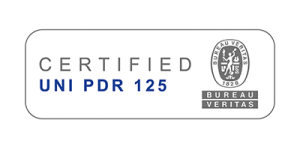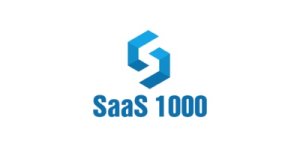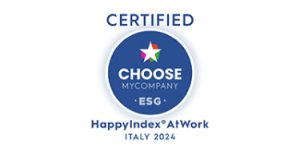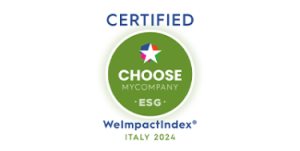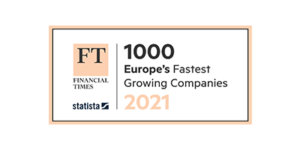
Embracing diversity: the Genderbread Person Workshop
Diversity is a defining characteristic of the human race, encompassing various aspects such as culture, race, and backgrounds. However, our identities probably stand out as one of the most profound and complex topics. In today’s world, the importance of open discussions regarding gender and sexuality, particularly in the workplace, has reached an unprecedented level of importance.
I’m Marco Biondi, UX Designer at Growens, and I would like to share with you how, together with Rachael Eidsmoe, Community Specialist at Beefree, we are building awareness around gender and sexuality in the company.
Grow @ Growens
As Growens expands in size, complexity, and international footprint, it becomes crucial to foster a culture of respect and understanding. This ensures that employees feel seen, heard, and respected. This is one of the reasons Grow has emerged as a significant project within the company, aiming to increase awareness, dialogue, and transparency on the subjects of equality, diversity, inclusion, and access to opportunities.
Our world is evolving and so are the people in it. It’s in our human nature to want to be part of something and to feel seen as individuals. Fostering a diversity, equity and inclusion (DEI) practice is a way to support and empower everyone, especially in the workplace, as Grow is doing at Growens.
Currently, Grow functions as a small group that operates both as a committee and a community. We are organised into task forces, each dedicated to promoting various aspects of diversity, equity, and inclusion (DEI). My involvement in Grow, alongside Rachael Eidsmoe, revolves around raising awareness regarding LGBTQIA+ matters. This is where and why we designed a workshop based on the Genderbread person worksheet, a project that is part of Hues (a global justice collective).
Why the Genderbread Person Worksheet?
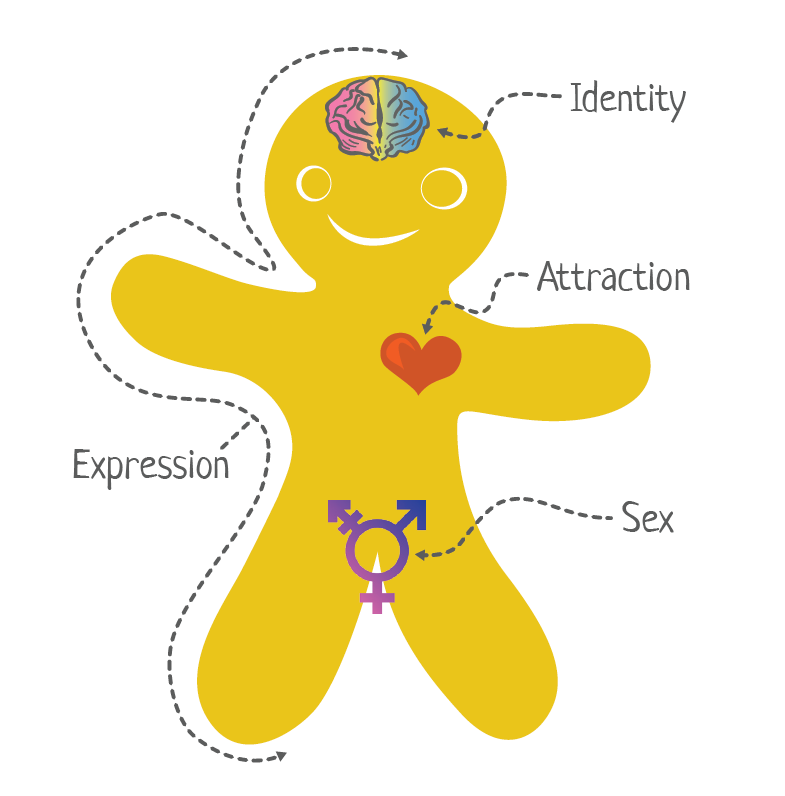
The Genderbread Person
The Genderbread Person Worksheet is a powerful thought-provoking tool designed to help individuals explore and understand the complexities of gender, sexuality, romantic and sexual attraction, and gender expression. It not only facilitates open conversations but also acknowledges the wide spectrum of identities that humans can embrace. This worksheet provides a wonderful and accessible starting point for engaging discussions on these topics.
The Genderbread Person Worksheet breaks down a “complicated concept into bite-sized, digestible pieces’’. Using the metaphor of a person shaped like a cookie, each topic is visually represented and connected to the corresponding body part associated with that aspect. Specifically:
- Sex (also called biological, anatomical or physical sex) “is comprised of things like genitals, chromosomes, hormones, body hair, and more”. Sex and gender are not the same;
- Gender identity is the personal conception of the self. “Who you, in your head, know yourself to be, based on how much you align (or don’t align) with what you understand to be the options for gender”;
- Gender expression is how you decide to present yourself to the world “through your actions, clothing, demeanour, and more”;
- Attraction, divided in sexual and romantic attraction, a fundamental component that differentiates from the other ones but represents you.
The Genderbread Person Workshop
The Genderbread Person Workshop was born from a conversation. While Rachael and I were talking about what we could do to share our experiences and knowledge about the LGBTQIA+ world, a thought crossed our minds: how can we enable people to talk about gender and sexuality?
By putting ourselves in our colleagues’ shoes, we realised that not everyone has a wide knowledge about this kind of topic. Sometimes it’s because they never had a chance to be involved in a conversation about it, and sometimes just because they don’t know how to start or participate in them.
The Genderbread Person worksheet was indeed the right tool to help us initiate and guide these discussions effectively. Through this workshop, we aim to facilitate understanding and raise awareness by sharing our (Rachael’s and my own) experiences, and by actively involving participants in the conversation.
To reach this goal we decided to divide the workshop into two parts.
The first part focuses on increasing awareness about the 4 key topics of the Genderbread Person worksheet (anatomical sex, gender identity, gender expression, and attraction) by exploring each definition and spectrum. For instance, when exploring gender identity, we delve into various examples such as trans, cisgender, agender, and more.
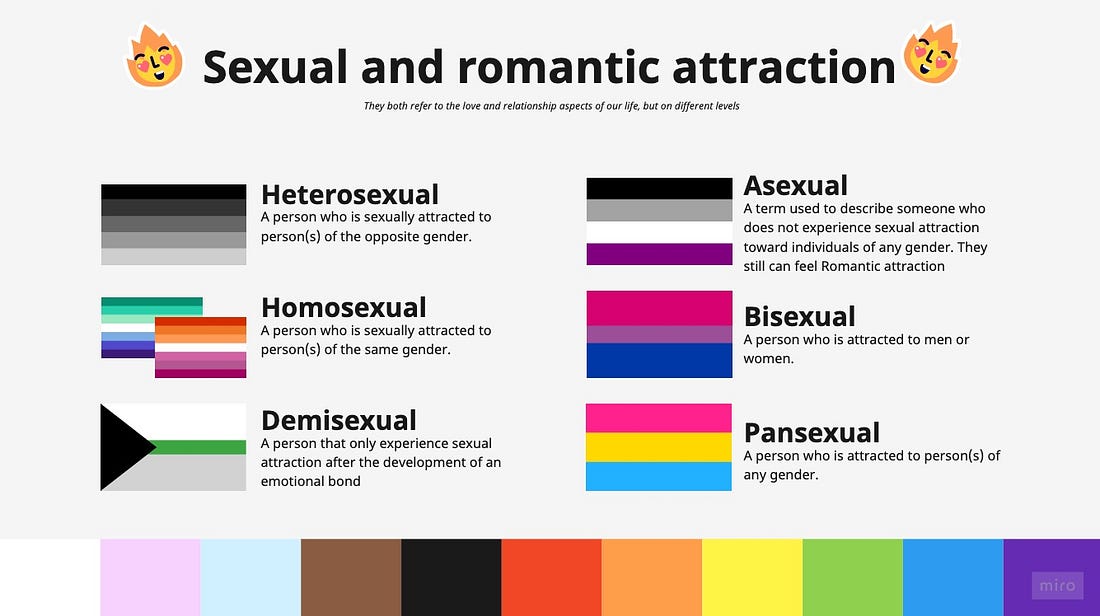 Sexual and romantic attraction flags slide
Sexual and romantic attraction flags slide
The second part of the workshop involves dividing participants into two groups, each tasked with completing their own Genderbread Person worksheet. During this activity, they will have the opportunity to share their thoughts and insights while explaining their completed worksheet. Additionally, participants can address any questions or doubts by directing them to the designated spokesperson of their group. This segment encourages active participation and fosters a collaborative learning environment.
The key-factor of the workshop
The key-factor of this workshop relies on the speakers themselves. Rachael and I come from different countries and cultures, so we bring a wide range of perspectives and insights about the LGBTQIA+ world.
During the workshop we are the ones that start the conversation by sharing our experiences, our Genderbread Person worksheet and by providing different takes on how the world sees gender and sexuality. For instance, since my first language is Italian and Rachael’s is English, we have moments during the workshop in which we examine the differences between inclusive and non-inclusive communication and how these topics are handled across different languages. Moreover, there are a lot of differences — across Italy, USA and other countries — on how gender and sexuality are seen and welcomed.
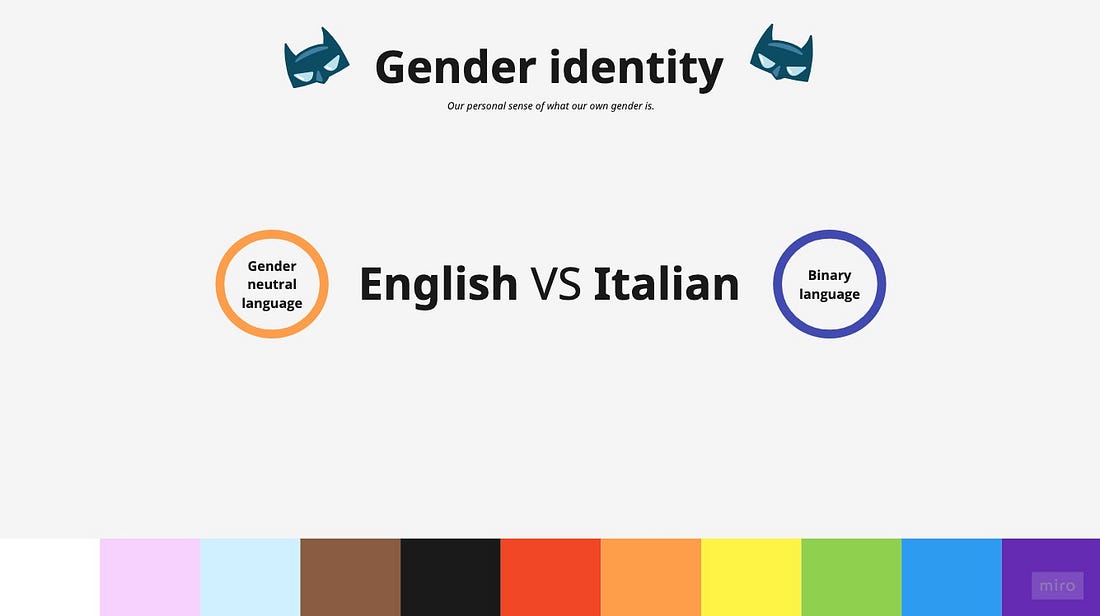 Differences between English and Italian slide
Differences between English and Italian slide
Providing definitions is the first step to get to know and have a first understanding of the LGBTQIA+ word, but having an intercultural exchange and hearing from people of the community is the final step of raising awareness and expanding the knowledge base.
This is how we want to start the conversation and enable people to continue it in a safe space. However, especially in the workplace, speaking about these topics can be challenging and not everybody is ready to do so right away. It is okay to join the conversation at your own peace, but creating a safe environment that welcomes this types of conversations ease this transition.
During the workshop we provide practical tips and guidance to incorporate this knowledge in your daily lives, enabling participants to communicate and write in a more inclusive manner. Moreover, at the end of the workshop we always say “Take time for yourself and to process. If you have any questions feel free to contact us at any time”. This is how we want to create and foster a safe space for everyone where questions are welcomed and mistakes are a learning opportunity.
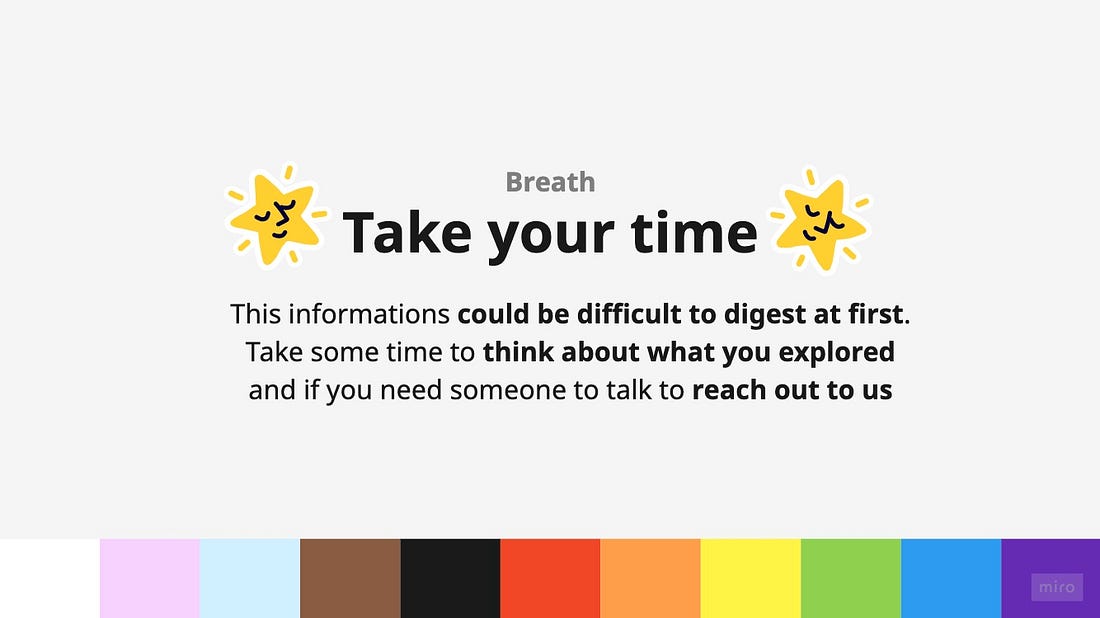 “Take your time” slide
“Take your time” slide
What is the value of this workshop?
There are several reasons why this kind of workshop can be helpful for a business environment/company: it increases awareness and understanding, enhances communication skills, improves inclusivity, fosters personal growth, develops empathy — just to mention a few benefits.
It’s important to foster DEI in workplaces for 4 main reasons:
- To make sure that all employees feel a sense of belonging and to ensure that everyone feels respected and valued. A workplace that demonstrates a commitment to this kind of topic is more likely to attract and retain talents.
- To ensure equal opportunities for all employees. Increased awareness can help prevent discrimination and harassment, reducing instances of biases, prejudices, and unfair treatment. This creates a more positive and productive work environment.
- To understand and listen to our colleagues better. DEI practices encourage companies to promote intercultural representation which can lead to a broader range of perspectives, ideas, and experiences. Diversity often enhances creativity, innovation, and problem-solving leading to create an environment for teams to thrive and be more effective.
- To better serve and understand customers. Not only employees, but also customers today are increasingly conscious of social issues and values. When companies foster inclusivity, equity and inclusion, it can enhance customer satisfaction leading to a wider customer base and tap into new market segments.
We have carried out a few Genderbread Person workshops in the past few months, and the feedback and response were amazing. During the workshops, especially during the discussion part, we have seen people actively realising how wide this topic is and thrilled to learn more about it.
“Filling my genderbread person made me realise things about myself in a very simple way”
“I liked the concept behind the workshop. It let me discover new things about myself and I didn’t feel judged”
Making people visualise their identity opened them to a new safe space at work where to have conversations on what makes each of us most comfortable in expressing ourselves.
This process happens anonymously meaning that people can choose where and when to talk about their personal experience. Not everybody is ready to talk about their gender and sexuality right away and there are a lot of emotions involved in the process that might be scary at first.
Overall, raising awareness on gender and sexuality in workplaces is crucial for promoting equality, fostering inclusivity, and creating a positive work environment where all employees can thrive. We want to create a safe space where people can and want to join and at their own peace.
The original article was published on the Innovation Blog.
Written by Marco Biondi,
Ux Designer, Beefree


